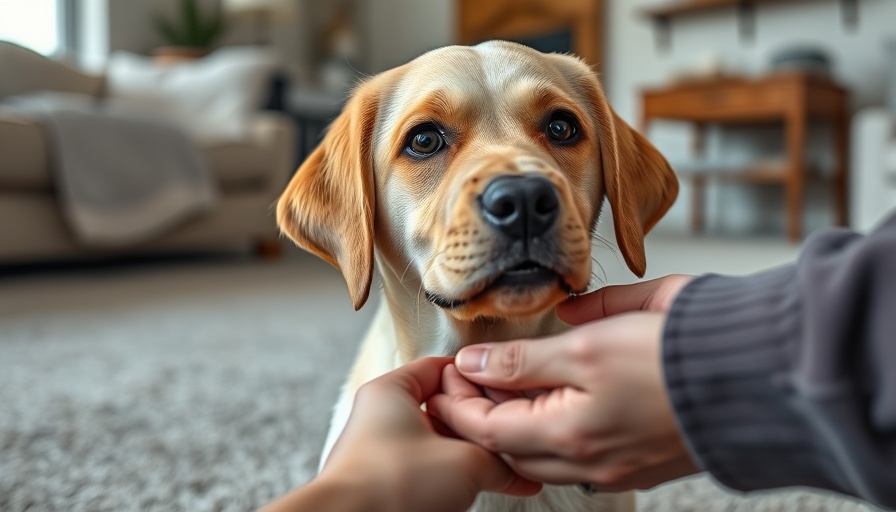
Trained Dogs Uncover Hidden Signs of Parkinson’s Disease
In a groundbreaking study, researchers revealed that trained dogs exhibit remarkable accuracy in identifying Parkinson's disease, showcasing their potential as early detection agents. This rare ability holds promise particularly for individuals who may be unaware of their condition until visible symptoms emerge long after biological changes have begun.
Understanding Parkinson’s Disease
Parkinson’s Disease is a progressive neurological disorder, characterized by symptoms such as stiffness, tremors, and balancing difficulties that worsen over time. It remains a significant health challenge as there is no definitive early diagnostic test. Symptoms can often manifest 20 years before an official diagnosis occurs, making early detection crucial for effective management.
The Role of Dogs in Early Detection
According to a study published in The Journal of Parkinson's Disease, advanced dog training revealed that canines can potentially sniff out Parkinson’s as early as before the physical signs appear. Researchers noted that an early symptom of the disease is seborrheic dermatitis, a condition leading to excess sebum production on the skin. This oily biofilm appears to emit a distinctive odor, which dogs are highly skilled at detecting.
Promising Results from the Study
In a carefully designed double-blind study, trainers worked with dogs to identify which skin samples contained biomarkers of Parkinson's disease. Out of ten dogs, two mastered the challenging training regimen. Once tested, the dogs achieved an impressive 98% accuracy rate, alongside 70-80% sensitivity to skin samples potentially associated with the disease. While more research is needed, these findings indicate a valuable path toward developing non-invasive diagnostic options for Parkinson’s.
Could Dogs Detect Other Diseases?
Dogs are known for their extraordinary olfactory capabilities, which extend far beyond Parkinson’s disease. Research shows that these remarkable animals can also identify various other health conditions, including cancer and diabetes, through scent. They might even be able to detect diseases like malaria and COVID-19. It's fascinating to imagine how our canine companions could play a role in future health monitoring.
The Future of Parkinson’s Research and Canine Contributions
As we advance our understanding of Parkinson’s disease, the integration of trained dogs into medical research seems promising. Ideas swirling in the scientific community include identifying biological markers, studying the impacts of potential treatments like stem cell therapy, and developing methods to enhance the dogs' scent detection abilities for practical application in hospitals and clinics.
The Bond Between Dog Owners and Their Canines
For dog parents everywhere, this news not only inspires hope for early diagnoses of serious diseases but also highlights the profound capabilities of our furry friends. These insights reaffirm the emotional and health benefits of having a dog. As we celebrate the triumphs in health and understand the roles dogs can play, it’s a reminder that our bond with pets extends beyond companionship and joy—it can now be a beacon of early detection and potentially life-saving intervention.
Embracing the Potential of Canine Health Detectives
As research continues to unveil the hidden talents of trained dogs, we should embrace their role as health advocates. Educating ourselves, as dog owners, about their capabilities could lead to breakthroughs in healthcare systems, reinforcing the significant contributions our pets can deliver.
Final Thoughts and Call to Action
As the understanding of canine scent detection progresses, it opens avenues for innovative approaches toward health checks and early diagnosis. If you’re a dog parent, consider exploring training options that engage your furry friend even further in such studies! Your support can foster incredible breakthroughs.
 Add Row
Add Row  Add
Add 




Write A Comment